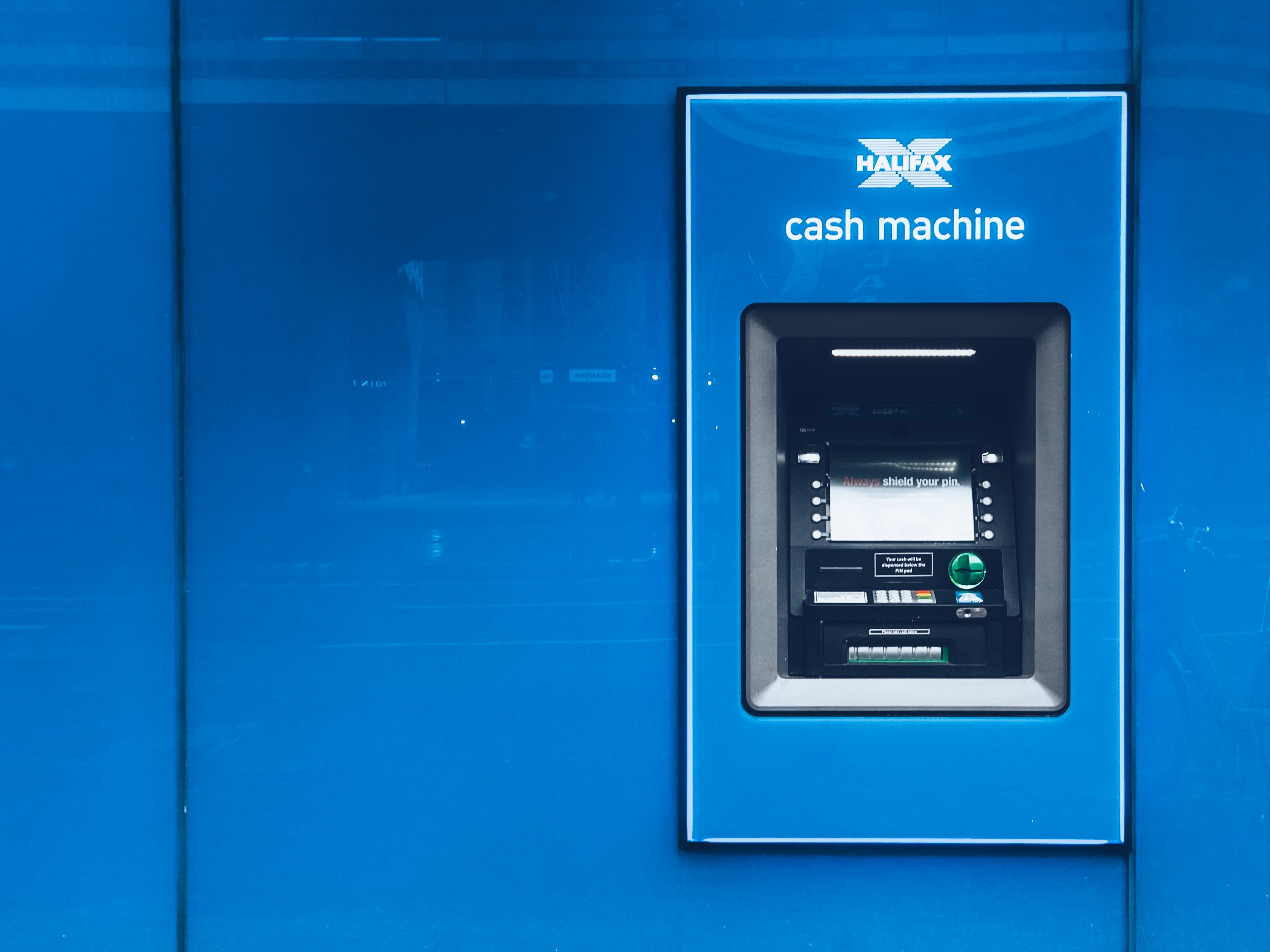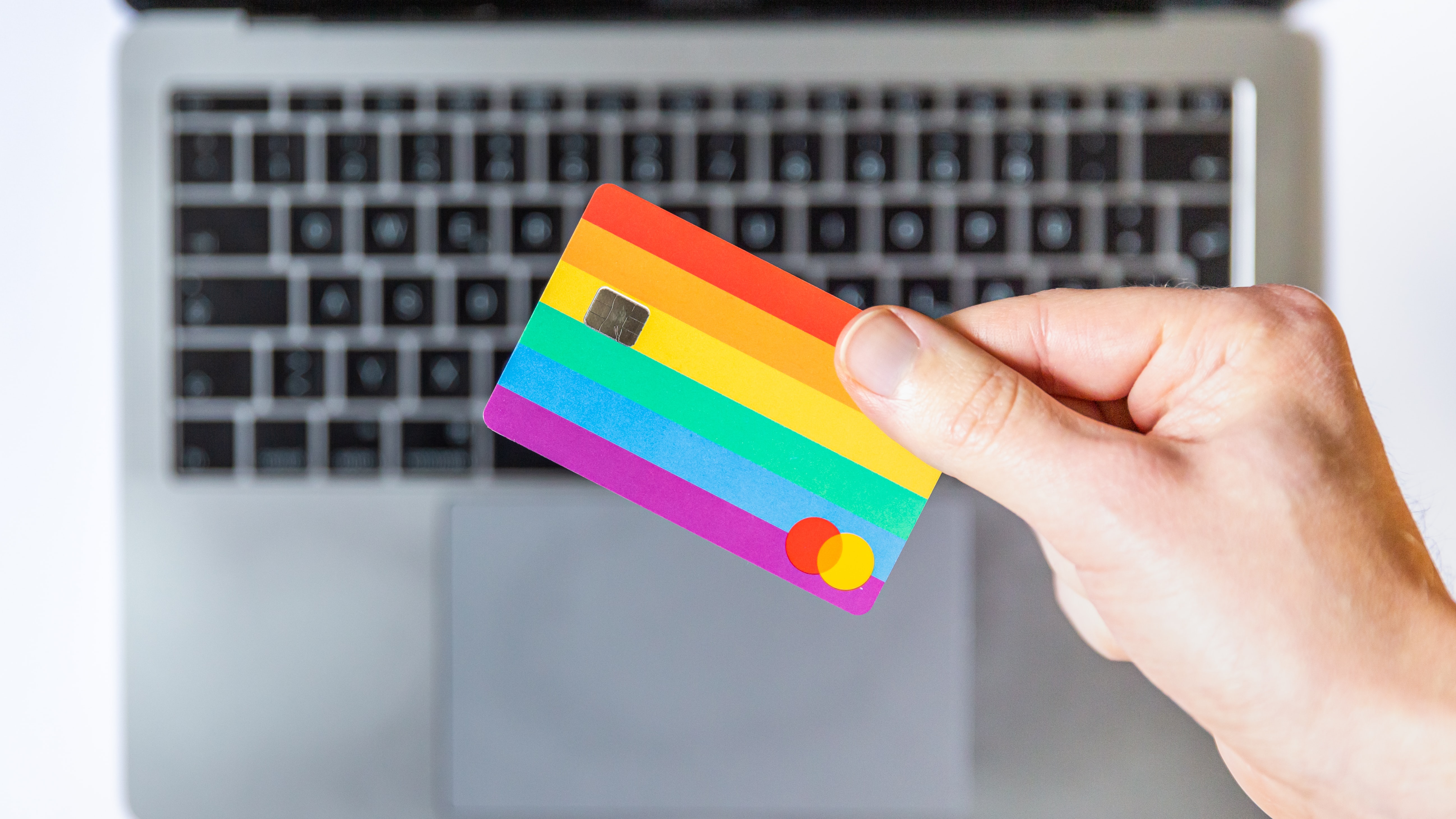Jul 24, 2020
Disruption in the finance sector

Fintech (financial technology) is not a new idea – it’s been around ever since we were able to dial up an internet connection. But, of course, like every strand of the tech industry, growth is sudden, massive and landscape-changing when it happens.
Fintech is a fascinating sector full of industry disruptors, all as ambitious as the next. These young companies are particularly revolutionary in the way they communicate and present themselves.
Often foregoing an overt use of jargon, fintech place a huge emphasis on candid communication. Their brand values and cultures often promote ideas of equality and being ‘all in this together.’ Quite a different standpoint to traditional banking, which can have a remote and superior positioning.

A key example I’ve written about before is Monzo. They clearly demarcate themselves from traditional corporate banking through the information they choose to communicate publicly. Their messaging and culture guide states: ‘We’re doing things differently. For too long, banking has been obtuse, complex and opaque.’
A question we can ask is, what else are these brands doing differently?
Establishing trust
Trust. The maker or the breaker of any financial company. Finance, a sector that the public feels reliant on but doesn’t always trust, can be often maligned and viewed through a lens of suspicion.
To overcome this barrier, new financial companies have begun to harness a social media presence to build trust with their audience. Their tone of voice, their messaging all are designed to be familiar.

Building a bold brand
The colours of finance have typically been sedate ‘trust-building’ colour palettes that contain navies, greens – or colours that suggest power, authority and wealth, such as black, red and gold.
Disruptive financial brands are recognising there is power in the point of difference. Some bold examples are…
Varo
The mobile banking app Varo has a bold brand – a bravely clean and modern use of typeface without a logo. Their minimalism is striking and effortless – and combined with a stylish website that utilises white space effectively, the result looks completely different from traditional banks.
Pockit
This fintech company acts as an alternative to traditional banks and its mobile-first service is targeted primarily at lower-income customers.
Its branding is utterly different from anything traditional or corporate. Bright canary yellow, it immediately attracts attention. An eye-catching and unusual colour scheme, Pockit’s use of yellow aligns perfectly with their standpoint of being unconventional.
Monzo
The hot coral card is pretty iconic – it’s instantly recognisable and arresting. Originally only the temporary colour of the prototype beta card, Monzo’s bold colour scheme was a happy accident, one that definitely paid off.
The use of the hot coral palette became a deliberate marketing tool over time, one that certainly offers a point of interest and begins conversations about the brand.
Using word-of-mouth marketing
Arguably the most elusive form of marketing – but potentially the most impactful. Research suggests that 83% of consumers trust references from their peers. Monzo’s hot coral card was a statement that led to word-of-mouth marketing and ultimately paid off.
For the finance sector, word-of-mouth marketing is huge. As a sector within which security and trust are your brand currency, word-of-mouth marketing is a resounding endorsement. If your customers are comfortable enough with you to begin recommending your services to close friends and family, you’re on to a winner.
Embracing brand simplicity
All of the brands mentioned, Varo, Monzo and Pockit, have something in common. Simplicity across the board, from their visual identity to their processes.
As a sector, finance can be intimidating. The perception of banks as imposing, complex, impenetrable institutions still exists. If a brand can dismantle this, their ability to reach a wider audience increases.
To chat more about branding in the financial sector, give us a ring on 0161 672 7822, or read further here.


